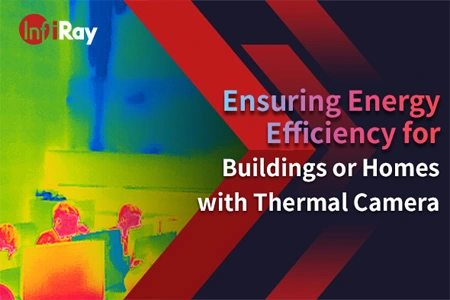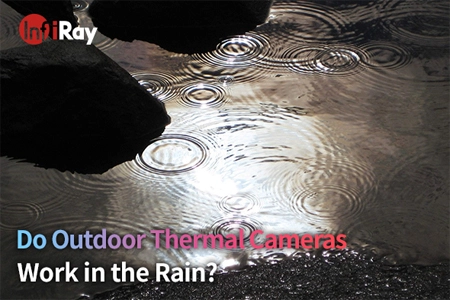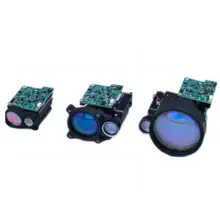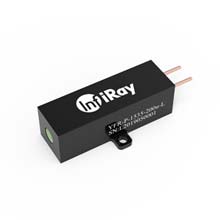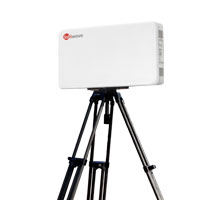5 Top Reasons Why Thermal Imaging Trumps Traditional Night Vision

In the world of low-light and nighttime activities, having the right technology can make all the difference. When it comes to choosing between thermal imaging and traditional night vision, there are clear advantages to opting for those thermal techs. In this article, we'll explore the top five reasons why thermal imaging outshines traditional night vision.
1. Enhanced Detection Capabilities
Thermal imaging relies on detecting heat signatures emitted by objects, making it incredibly effective in detecting living beings, machinery, and other sources of heat even in complete darkness. Traditional night vision, on the other hand, relies on ambient light, which can limit its effectiveness in certain conditions. Whether you're tracking wildlife, monitoring a perimeter, or conducting search and rescue operations, thermal imaging offers superior detection capabilities.
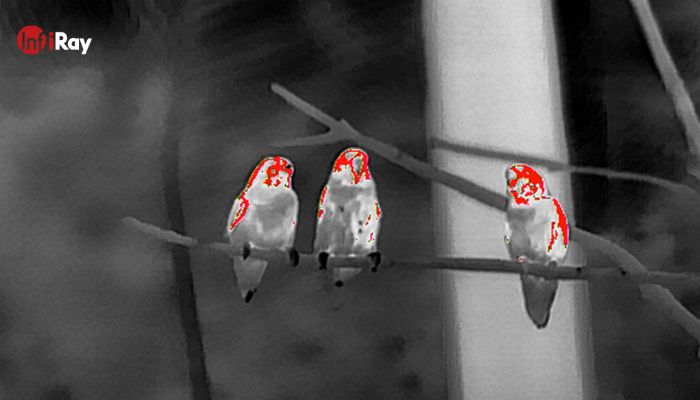
2. Unmatched Versatility
One of the standout features of thermal imaging is its versatility across various environments and conditions. Unlike traditional night vision, which may struggle in challenging environments such as dense foliage or urban settings, thermal cameras can provide clear imagery regardless of obstacles or lighting conditions. From surveillance to firefighting, thermal imagers prove their worth in a wide range of applications.
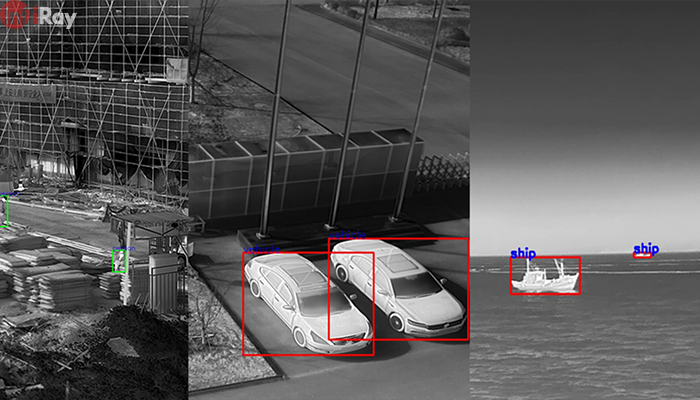
3. Ability to See Through Environmental Obstacles
Thermal imaging has the unique ability to penetrate environmental obstacles such as smoke, fog, and dust, providing clear visibility where traditional night vision may fail. This capability is invaluable in situations where visibility is compromised, such as firefighting operations or search and rescue missions. By cutting through environmental obstacles, thermal imaging enhances situational awareness and improves decision-making in critical scenarios.
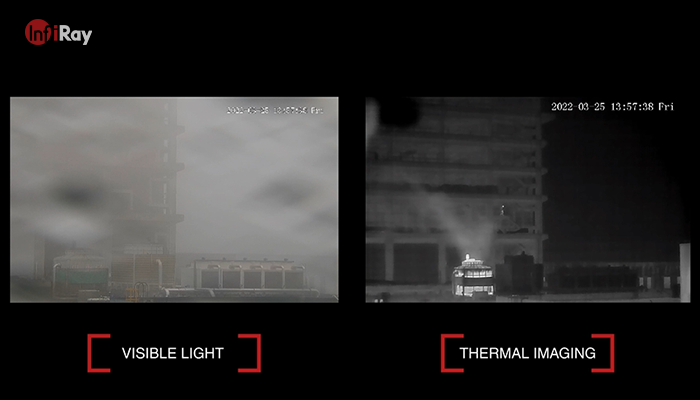
4. Improved Target Identification
One of the key advantages of thermal imaging is its ability to provide clearer target identification compared to traditional night vision. They can differentiate between objects based on their heat signatures, allowing for more accurate identification of potential threats or targets. In contrast, traditional night vision may struggle to distinguish between objects in low-light conditions, leading to misinterpretations and potential errors. Whether in enforcement, hunting, or surveillance, the ability to accurately identify targets is paramount, making thermal cameras the preferred choice.
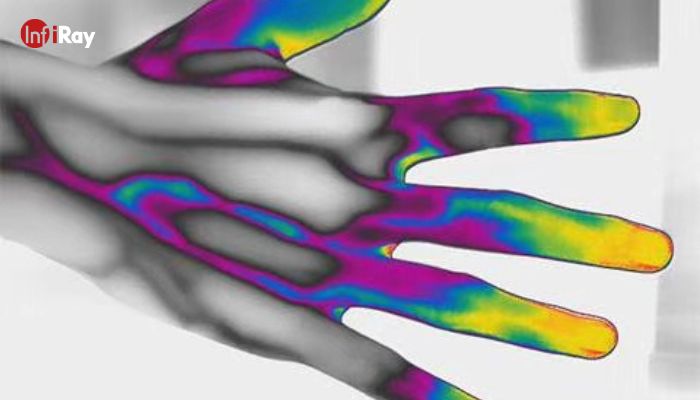
5. Enhanced Safety and Security
Perhaps most importantly, thermal imaging enhances safety and security measures in a variety of settings. From detecting intruders in the dark to locating hotspots in firefighting scenarios, thermal imagers provide invaluable support to first responders, security personnel, and other professionals. By offering clear visibility in low-light conditions and adverse environments, a thermal camera helps mitigate risks and ensure a safer outcome for all involved.
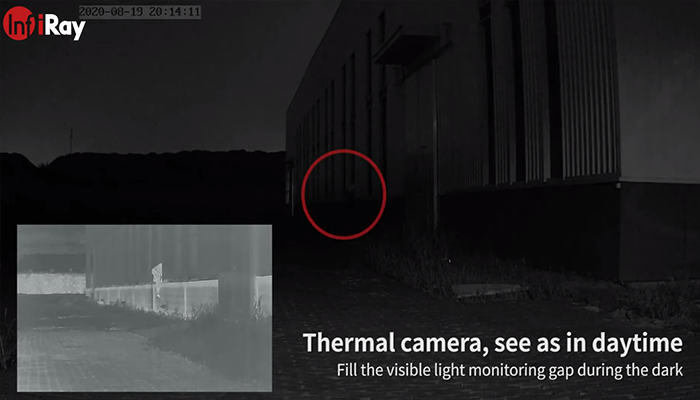
Thermal imaging offers a host of advantages over traditional night vision, making it the preferred choice for low-light and nighttime activities. With its enhanced detection capabilities, unmatched versatility, ability to see through environmental obstacles, improved target identification, and enhanced safety and security features, the thermal camera proves its worth in a wide range of applications. Whether you're a security staff, first responder, or outdoor enthusiast, investing in thermal imaging technology can provide a significant tactical advantage in any situation.








